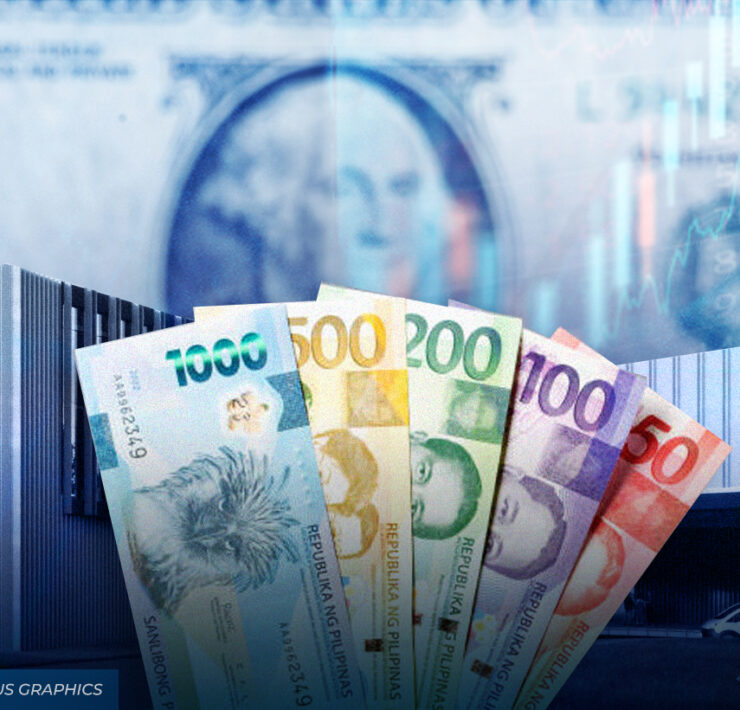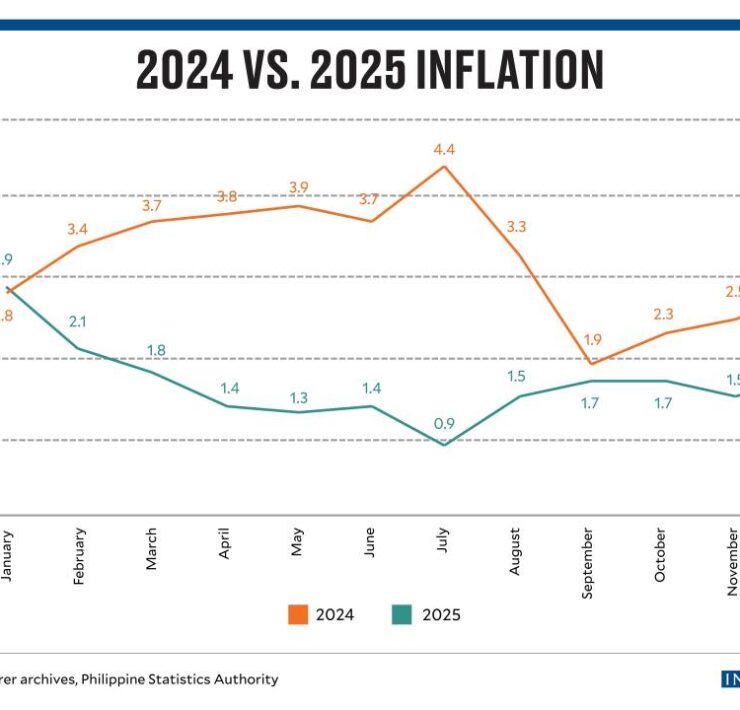July inflation overshot target, surged to 4.4%
The Philippine inflation in July surged to a nine-month high fuelled by rising prices in housing, utilities, transport, and food, the Philippine Statistics Authority (PSA) reported on Tuesday.
Preliminary data from the agency showed the consumer price index grew by 4.4 percent year on year in July, accelerating from the 3.7 percent in June, but slower than 4.7 percent in the same period last year.
The Bangko Sentral ng Pilipinas (BSP) earlier forecasted that the inflation is likely to settle within 4 to 4.8 percent for the month, making it the first time that the inflation breached the central bank’s 2 to 4 percent target range for the year.
However, this also exceeded the 4 percent average inflation forecast in an Inquirer poll of 11 economists conducted last week.
Inflation print in July marked the fastest growth in nine months or since the 4.9 percent logged in October 2023.
For the first seven months, inflation averaged 3.7percent, still lower from the 6.8 percent in July 2023.
The government attributed the higher inflation due to more expensive rates in water, electricity, housing, and fuels, whose prices rose by 2.3 percent in June from 0.1 percent. It contributed 70.4 percent to the overall inflation last month.
“In power, we expected that because the Manila Electric Co. (Meralco) rates were adjusted in July. We really have a big contribution to inflation. What really contributed to inflation this July is first power, so you have electricity and then energy, our gasoline, diesel, of course, LPG too,” National Statistician Claire Dennis Mapa said in a briefing.
Meralco last month increased electricity rates by P2 per kilowatt-hour (kWh) to P11.6012 per kWh.
The heavily weighted index for food and nonalcoholic beverages also drove the faster inflation as it quickened by 6.4 percent from 6.1 percent, contributing 17 percent of the overall inflation.
Top contributors
Among the top commodities that contributed to the inflation were rice, restaurants, cafe and the like, house rentals, price of gas, and tomatoes.
Rice inflation eased to 20.9 percent in June from 22.5 percent in the previous month.
Despite the slower inflation, Mapa emphasized that rice prices might only decrease in August as the impact of the tariff cut begins to take effect.
“In terms of the price of rice or rice inflation, which contributes substantially to overall inflation, it is possible that we have a base effect to slow down rice inflation in August,” Mapa said.
Rice inflation contributed 1.6 percentage points to overall inflation or around 37.2 percent.
For Ruben Carlo Asuncion, chief economist at Union Bank of the Philippines, even if the supply of rice increases, it might not result in significantly lower rice prices despite reduced import tariffs.
“I think at this point the only challenge would be weather disturbances which have not registered in the July reading, if at all it will register,” Asuncion said.
Meanwhile, the National Economic Development Authority said that the government is taking important steps to support vulnerable sectors and ensure food security amid the La Niña phenomenon and higher inflation.
“The government is relentlessly working to address our nation’s most pressing concern of ensuring food security for every Filipino amid the faster rise in prices in July and the expected typhoons and rains due to the onset of La Niña this August,” Socioeconomic Planning Secretary Arsenio Balisacan said in a statement.





















